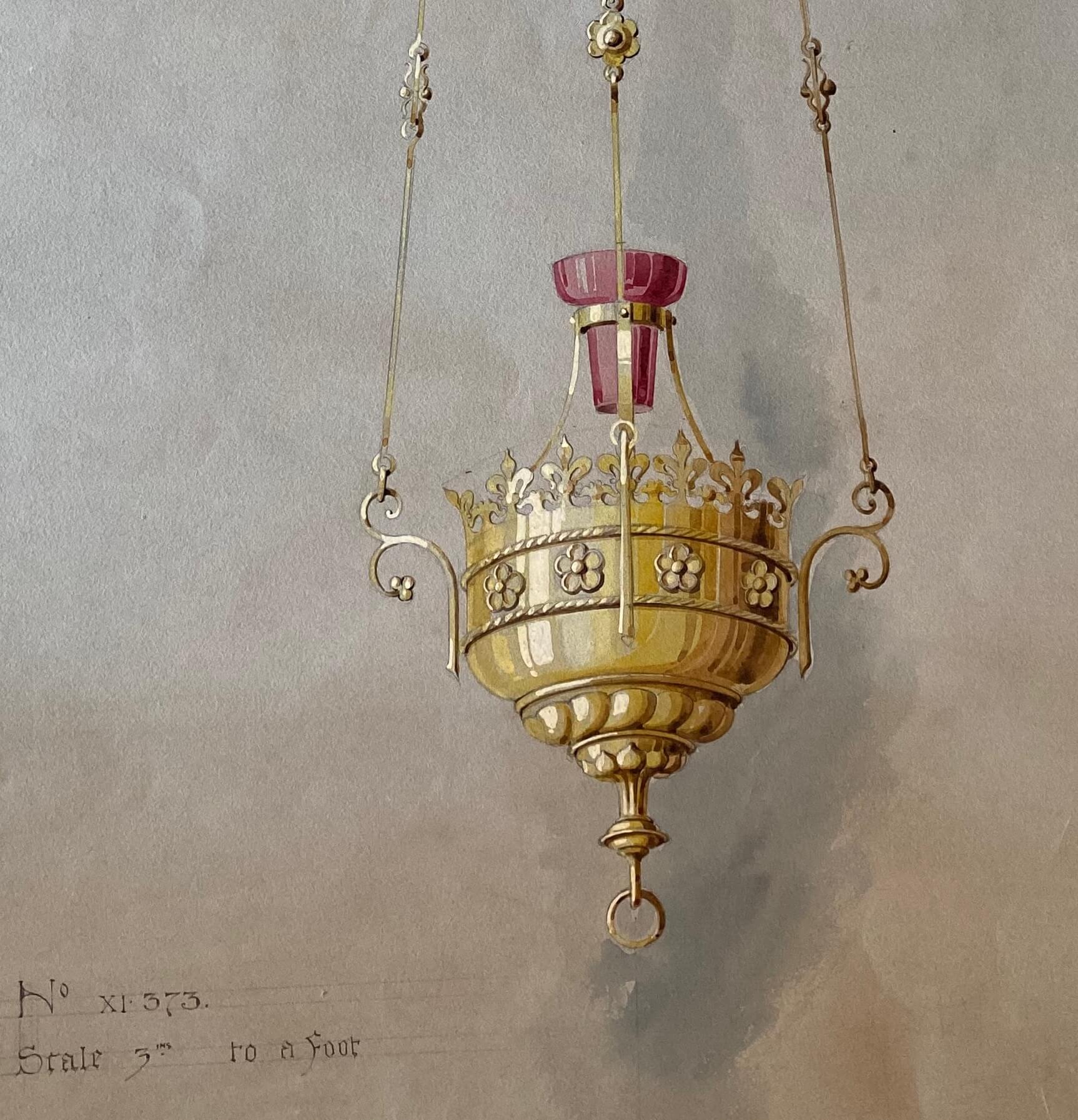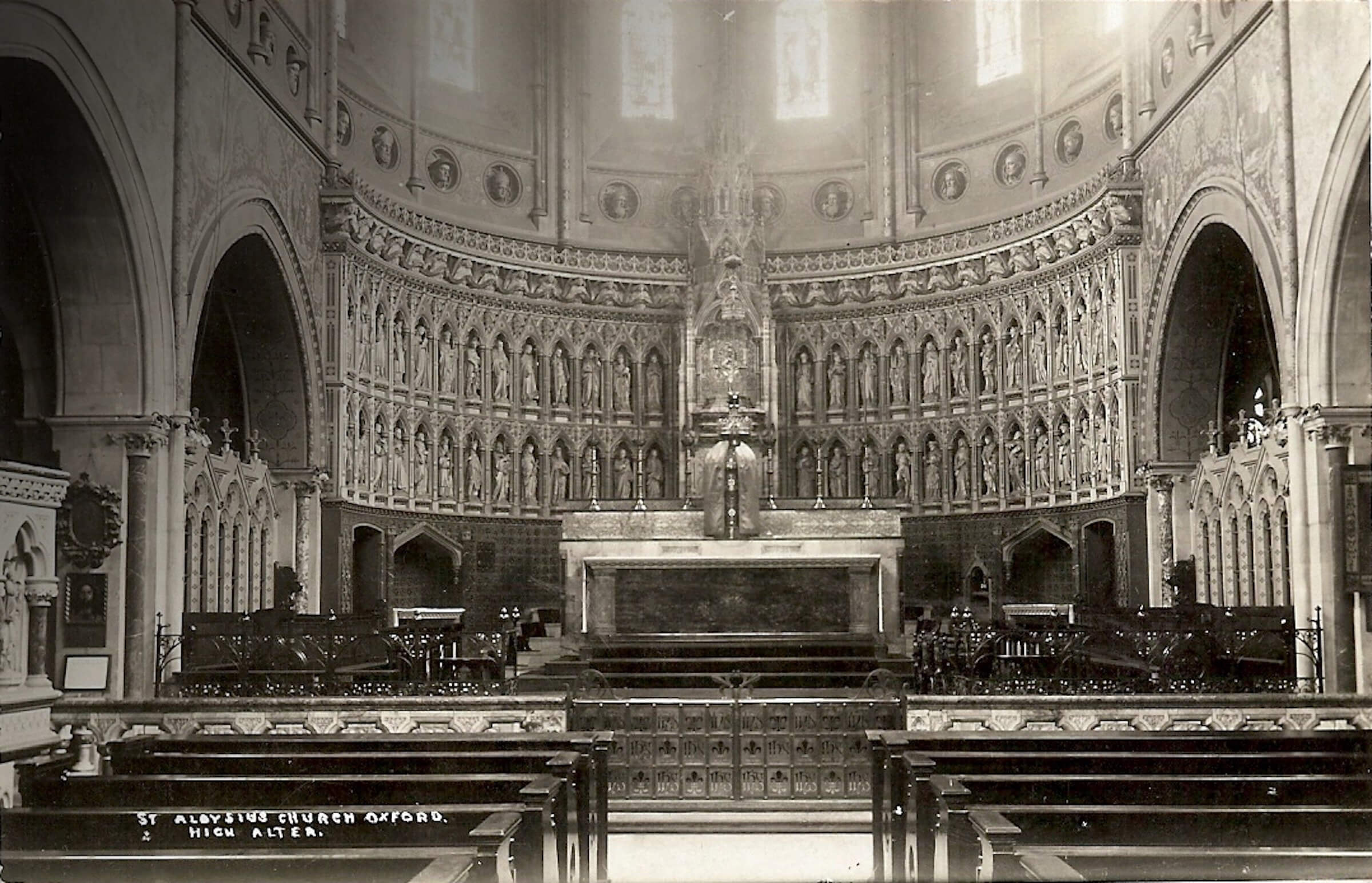Not bad for 150, but a century and a half of service means our church is now in need of some care. Here are our restoration goals for the comings years.

The original designs by Joseph Aloysius Hansom are of beautiful proportions and make the most of the site acquired in the 1870s. Sadly, over time, decorative features of any quality were painted out and the sanctuary was deconstructed, reducing its status and impact. Maintenance of the building has not been able to keep pace with the effects of successive ineffective heating systems, inappropriate lighting, or piecemeal interventions for issues like degrading plaster and evidence of damp.
The proposed programme of works is as much about refurbishment as it is about restoration. It is a whole-building project which seeks to bring the entire church to an excellent standard of decorative and architectural repair as well as to seek a harmony in the building (and infrastructure) which sees it practically fit for purpose and worthy as a place set apart for the worship of God.

In the tradition of the Oratory, the church is perhaps the greatest asset in its work. Not only is it a venue for our preaching and for the administration of the sacraments, but it must be an inspiring place of prayer (as the name ‘Oratory’ suggests). It is not only the setting for the Church’s Sacred Liturgy, with the space for all the ritual and music which sets it apart, but it is an environment where the heart and mind are lifted to the beauty, harmony and mystery that is in God.
In his guide to the Oratory Church in Birmingham, Fr Henry Tristram of the Oratory summed up his description with the motto adopted by St John Henry Newman, our Cardinal, ex umbris et imaginibus in veritatem. Fr Tristram points out that for Newman, this motto summed up something fundamental to Newman’s life, that “this visible world is, as it were, an insubstantial shadow veiling the invisible which alone is real and true and ultimate.” It is this fact, this mystery, says Tristram, that is “embedded in a medley of impressions, impressions of altars and statues, of marble and mosaic, of all that constitutes the glory of God’s House.”

Whilst it is a very tall order, it is by this programme of works that we want our building to communicate this mystery with even greater catching force.
Whilst celebrating the architecture of Hansom, as well as the work of Brindley & Farmer (the reredos) and the decorative scheme of Gabriel Pippet (if it can be salvaged), we want to bring out the colour, the texture, and the details that will make our church the architectural and spiritual gem it should be. With a focus on the use of materials, both new and recovered, we want the building to speak of quality and good taste. It should communicate a strong sense of our tradition to all who come here. Finally it is by order and harmony as well as the use of colour, lighting, patterns and materials that it will convey something of mystery, to raise the heart and mind to God.

